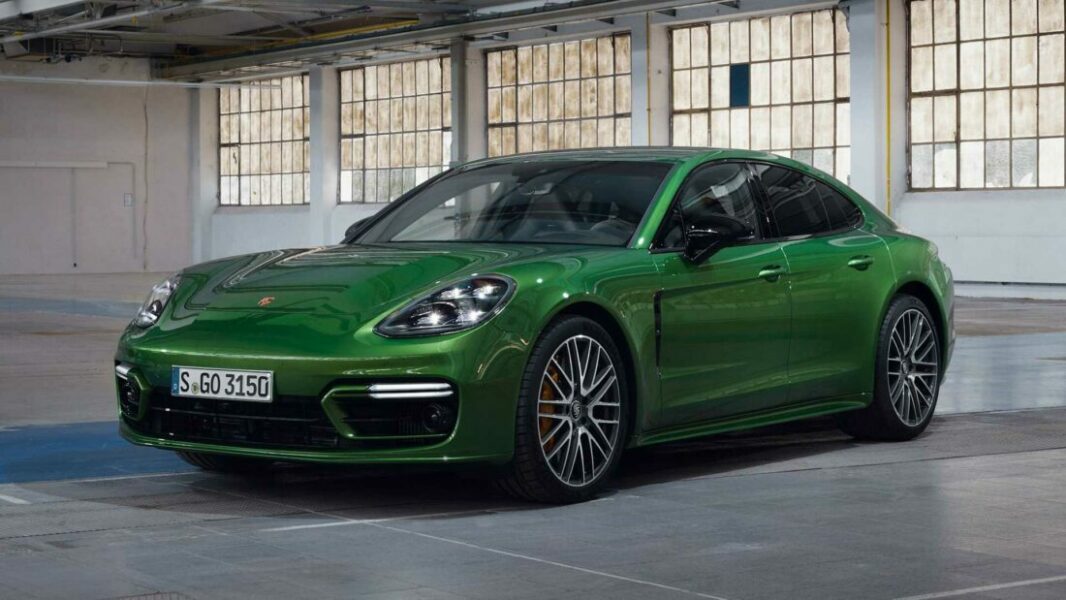
Test drive Porsche Cayenne / Panamera E-Hybrid: Green beasts
The fuel consumption of these vehicles is usually not too burdensome for the owners. Cars are not only designed to drive economically to and from work, but they also offer many other opportunities and pleasures. Of course, this is not the case with everyone. It is true that cars offer above average driving dynamics and performance, but the driver must also be above average. But this is clearly not all, and some have Porsches also because they may have them.
On the other hand, among the mentioned drivers there are those who also want to be environmentally friendly, but do not want to give up the luxury and comfort of big, expensive and fast cars. Is it even possible? Yes, and they have the answer (too) at Porsche. Ever since 2010, when the first hybrid cars were offered, the Cayenne S Hybrid and Panamero S Hybrid. Although the combination seems a bit unusual, people seem to like it, as evidenced by the sales numbers: just a year after the launch of the Cayenne S Hybrid, twice as many people chose it as all its competitors combined.
So it comes as no surprise that Porsche went even further and offered buyers a plug-in hybrid upgrade. That opened up a furrow as the Cayenne S E-Hybrid became the world's first plug-in hybrid premium crossover. If we supply the Panamera S E-Hybrid and the supersport 918 Spyder (which is unfortunately already sold out, but its technology remains), Porsche is now the only premium brand in the world to offer three series of plug-in hybrids.
Since we have already written about all the cars in the Auto magazine, then briefly about the numbers. The Cayenne and Panamera use the same hybrid system, with an available output of 416 "horsepower" (petrol provides 333 "horsepower", 95 "horsepower" electric motor) and 590 Nm of torque (petrol 440 Nm, electric motor 310 Nm.) . The Cayenne has four-wheel drive, the Panamera has only rear-wheel drive, both have an eight-speed Tiptronic S automatic transmission. With the first, you can drive up to 125 kilometers per hour, with the Panamera - up to 135. The battery capacity of the first is 10,8 kilowatts. hours, in the Panamera 9,5. What about fuel consumption? For the Cayenne, the plant promises an average consumption of 3,4 liters of gasoline, and for the Panamera - 3,1 liters.
The latter numbers are most often the stumbling block, and in this test we wanted to find out how things really are with fuel consumption. During the three-day test, automotive journalists also took part in an environmental competition. Cayenne S E-Hybrid and Panamera S E-Hybrid against the laws of physics? Perhaps, but practice has shown that the above consumption figures are achievable. The journalists tested themselves at a distance of just over 50 kilometers, but, of course, one should take into account that not all drivers were driving at the same time, and even more so in the same driving conditions. But the author of this article, after driving the Panamera S E-Hybrid, showed on the on-board computer a consumption of 2,9 liters per 100 kilometers, which was the best result among all Panamer drivers. The surprises came from the Cayenne and its driver as he finished the race with an average of just 2,6 liters per 100 kilometers. But more important than the result is that with such a machine it is really possible to achieve such a low fuel consumption. Sure, this could go up on a longer trip, but whoever travels no more than 50 miles to get to work now knows that he can also be very, very economical with a Porsche. And environmentally friendly.
Text by Sebastian Plevnyak, photo factory

